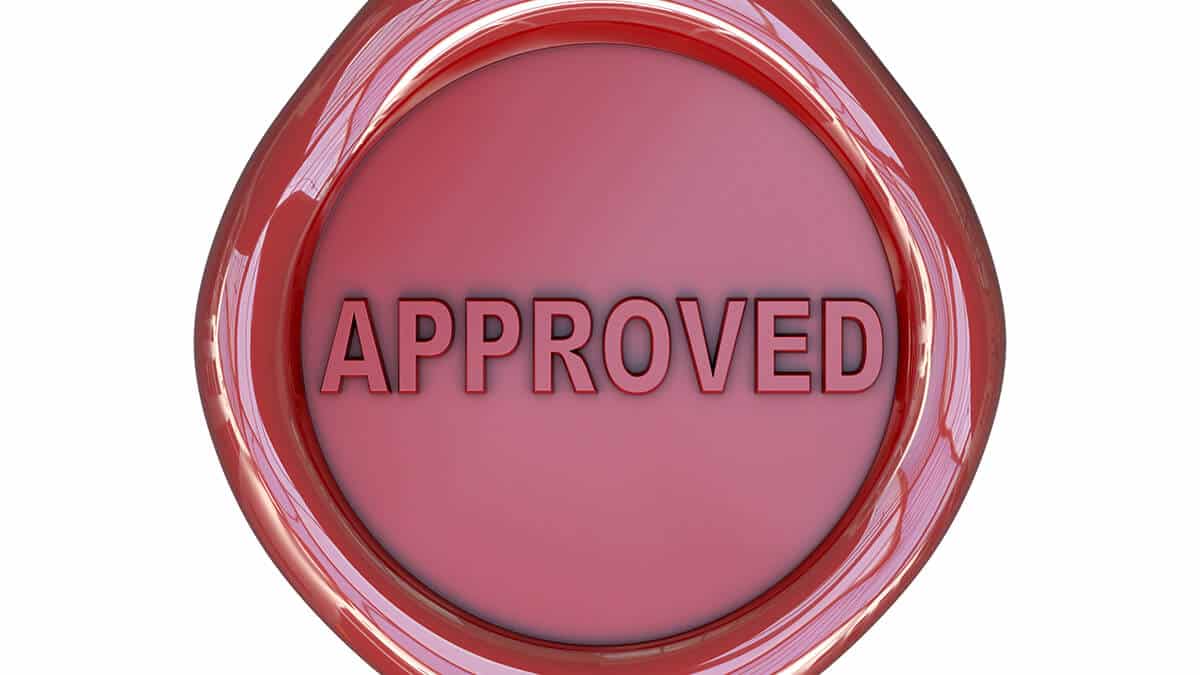In this guide
- What are the short-term borrowing rules?
- Borrowing to invest
- How does SMSF borrowing work?
- Single acquirable asset
- Repair or maintenance versus improvement
- An LRBA from a related party
- What are the ‘safe harbour’ terms?
- Intermediary LRBA update
- Other investments
- When is refinancing allowed?
- COVID-19 issues to consider
- Common questions about SMSF borrowing
In 2007, there was a relaxation of the rules allowing self-managed superannuation funds (SMSFs) to use borrowings to acquire certain assets.
Although these loans were originally allowed for borrowing to invest in shares, restrictions around the rules mean they are now used predominantly for property assets.
Other more recent legislative changes make it possible for SMSFs to acquire property with limited recourse borrowing arrangements (LRBAs) using a holding trust.
Before these changes, there were strict rules around borrowing within an SMSF.
What are the short-term borrowing rules?
Your SMSF can borrow money for a short time if that amount is less than 10% of the fund’s total assets. Those circumstances are:
- A maximum of 90 days to meet benefit payments or to pay an outstanding surcharge liability; or
- A maximum of seven days to cover the settlement of security transactions. You can also only do this if you did not think you would need to borrow funds when you bought the securities.
These transactions need to be on an arm’s-length basis – that is, at an appropriate market rate of return.
Borrowing to invest
The only other time you can borrow within your SMSF is to acquire an eligible asset via limited recourse borrowing arrangements (LRBAs). Once again, certain rules apply.
An LRBA involves an SMSF trustee taking out a loan from a lender and purchasing a single acquirable asset (or collection of identical assets with the same market value) with the borrowings.
The asset must be held in a separate holding (bare) trust and any investment returns earned from the asset accrue to the SMSF. Expenses relating to the asset also need to be paid by the SMSF.
In the case of default on the loan, the lender’s rights are limited to the asset held in the separate trust; that is, there is no recourse for the lender to pursue other assets in the SMSF. That’s why these loans are referred to as ‘limited recourse’.
Just like any investment you make within your SMSF, any asset you purchase via a loan needs to be for the sole purpose of providing a retirement benefit to the SMSF members. This also forms part of the SMSF investment strategy, which states how that investment will benefit the overall outcome of the fund.
Read more about SMSF investment strategies.
The investment strategy should explain how the loan will be serviced at the same time as meeting all other fund expenses.
If, for example, the SMSF needs to pay a pension in the future, the investment strategy will outline how it will be paid while servicing the loan or whether the asset will be sold.
An investment strategy would also need to explain why a fund had allocated a significant portion of its funds to an illiquid asset if it had very few other investments.
Both borrowing and investing in property must also be allowed in the SMSF’s trust deed.
Read more about SMSF trust deeds.
How does SMSF borrowing work?
Learn the definition of a single acquirable asset, what the ATO considers repair or maintenance versus what it considers improvement, borrowing with an LRBA from a related party, when refinancing is allowed, and more. Membership benefits also include:Join SuperGuide to continue



Leave a Reply
You must be logged in to post a comment.